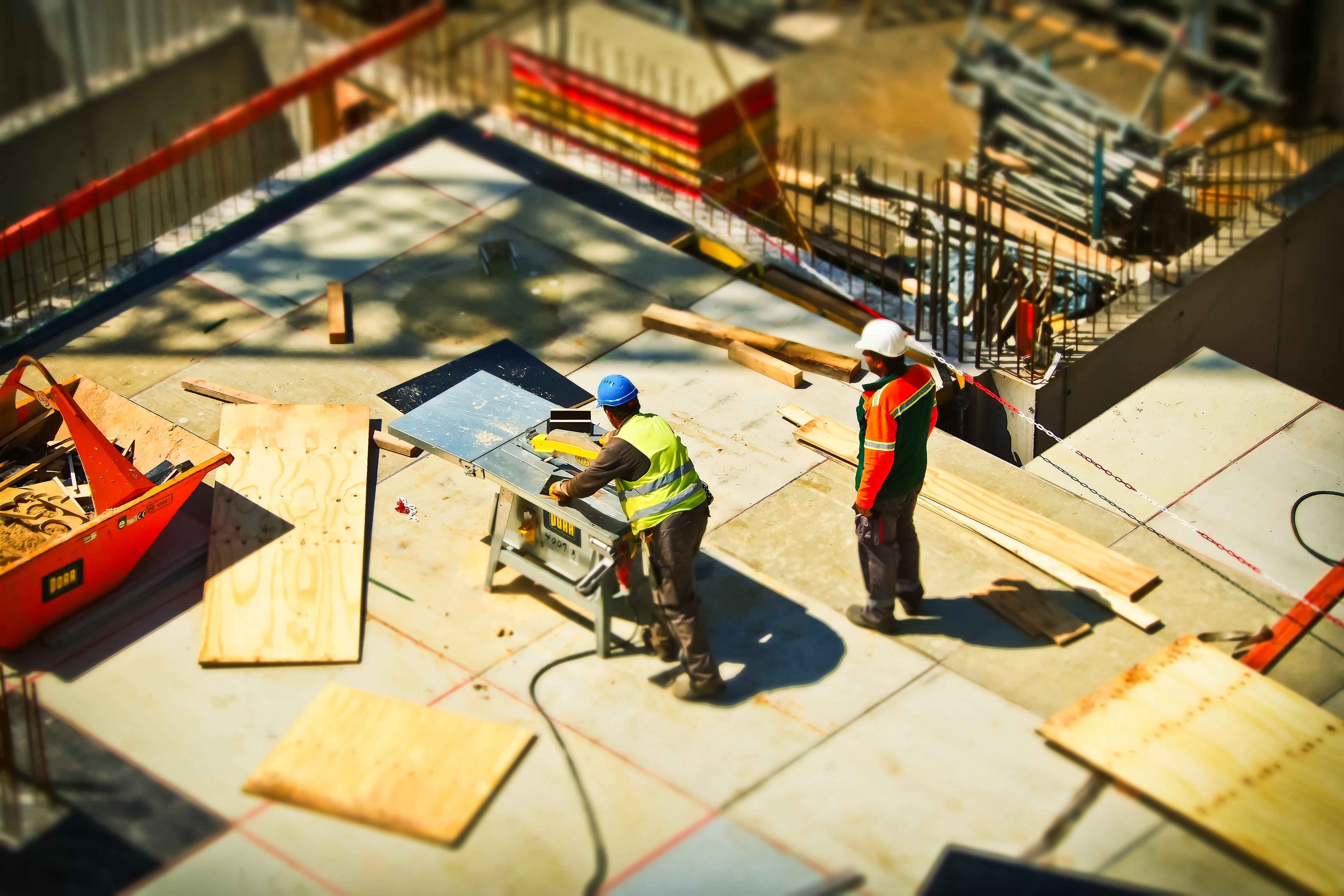Designing Modern Office Spaces: Trends in Post-Pandemic Work Environments
April 22, 2025

The COVID-19 pandemic might have been the single most globally disruptive event in the last decade. With schools, colleges, businesses, and offices shut, it was challenging to continue the natural flow of life. As a result, people started working from home, holding online meetings, and attending office meetings online, which became a mainstream practice. But now people have started to come back to the office and work from the office premises. When people used to work from home, they felt comfortable and less stressed during work. So, how do you provide a safe working environment for the people returning to the office? In this blog, we will explore the trends in modern office design in the post-pandemic era. We will also offer a few suggestions for improving the office working space.
The Shift in Office Space Purpose
Most business organisations are following a hybrid work model to encourage employees to come into the office. It offers them an opportunity to transition gradually towards conventional work-from-office norms. They can also psychologically prepare themselves to take the bus or train to the office. Office organisers can design a dedicated zone in the office to promote productivity and team cohesion during office hours. Employees perform best when they collaborate, and a dedicated space, such as a conference room or cafeteria, can enhance employee performance through collaboration. Through in-person communication, employees can improve their mutual understandings, which reflect in their performance. So, when designing a modern workspace, focus on developing an office design that brings employees closure.
Key Design Trends in Post-Pandemic Office Spaces
After the pandemic, many things changed: desk arrangements, office design, technology, and employee wellness. Let’s explore them one by one.
a. Flexible Workstations
People have grown accustomed to a flexible work environment as part of their work-from-home (WFH) culture. Now, all of a sudden, a fixed office environment might make them feel a bit uncomfortable. Hence, the concept of design flexibility. Make sure that the office furniture and desk are adjustable and flexible to adapt to the new floor design. If employees feel more comfortable in the office, they will perform better.
b. Incorporation of Biophilic Design
To improve employee productivity, their mental health is of primary importance. So, a new concept - biophilic design- has recently become a trend. In this trend, the office design aims to connect people more to nature. Such a design allows natural light to come inside the office, and will enable them to decorate their desks with plants. It also ensures that employees work in a healthy environment.
c. Touchless and Smart Technology
After the pandemic, touchless smart technology has been a trend. For example, cashless and touchless transactions are now more in trend than ever. Automated doors, RFID-based office login and many technological factors have become a mainstream practice in modern offices. Dedicated to achieving business goals, healthy employees can perform to their highest capacity.. The result is a better and healthier workforce through smart technologies.
d. Wellness-Centric Construction
Modern office construction aims to recreate a home-like environment for employees. Air filtration, room temperature control and all have become an integrated part of modern workspaces. Besides designing the interior decoration, the gym facility and meditation room also help in reducing work-related stress.
e. Sustainability as a Priority
Whatever you do, focus on maintaining environmental Sustainability. Use an energy-efficient ventilation system, lighting, and good quality office furniture that lasts long. Products that last long save cost and resources. As a result, you develop a sustainable office that consumes less energy and resources. Get a BREEAM assessment done to know the sustainability condition of the building.
How Construction Plays a Role in Office Space Transformation
To make the office structure suitable for employees and maintain Sustainability, collaboration with the construction contractor is necessary. It should be from the beginning of the building construction. Even if you prefer to remodel the interior of the office structure, talk to the architect. He can provide you with innovative ideas to design your office interior. Try installing flexible furniture in the office so that you can remodel the interior according to future needs. Ensure that the office has proper ventilation and water supply.
Designing with Employee Experience in Mind
The modern office design keeps employees in the centre. Their comfort and flexibility while working matter a lot in office design. So, the design of the office should motivate employees to blend in with the brand culture. A common space, or seminar hall, can help employees to interact with each other while following the brand culture. Such spaces in the office also work as a shared place to engage employees in the brand culture. The future of office design, however, puts significant focus on employee comfort and flexibility. With more options to work in the global market, modern employees prefer a good working environment and flexibility rather than sweating blood for the brand.
Conclusion
Offices can offer employees the option to work from home, but this somehow detaches them from the brand's mission and vision. However, asking employees to work from the office also needs a specially designed office interior. The environment should be flexible for employees to work from. At the same time, there should be a dedicated space for employees to create bonds and improve their work performance.
Recent Blogs
- How to Design a Modern Student Accommodation to Meet their Expectations
- How the Turnkey Office Construction Projects Offer Value for You
- How Prefabricated and Modular Construction Help in the UK Construction Industry
- What are the challenges of Commercial Construction in the UK?
- Designing Modern Office Spaces: Trends in Post-Pandemic Work Environments